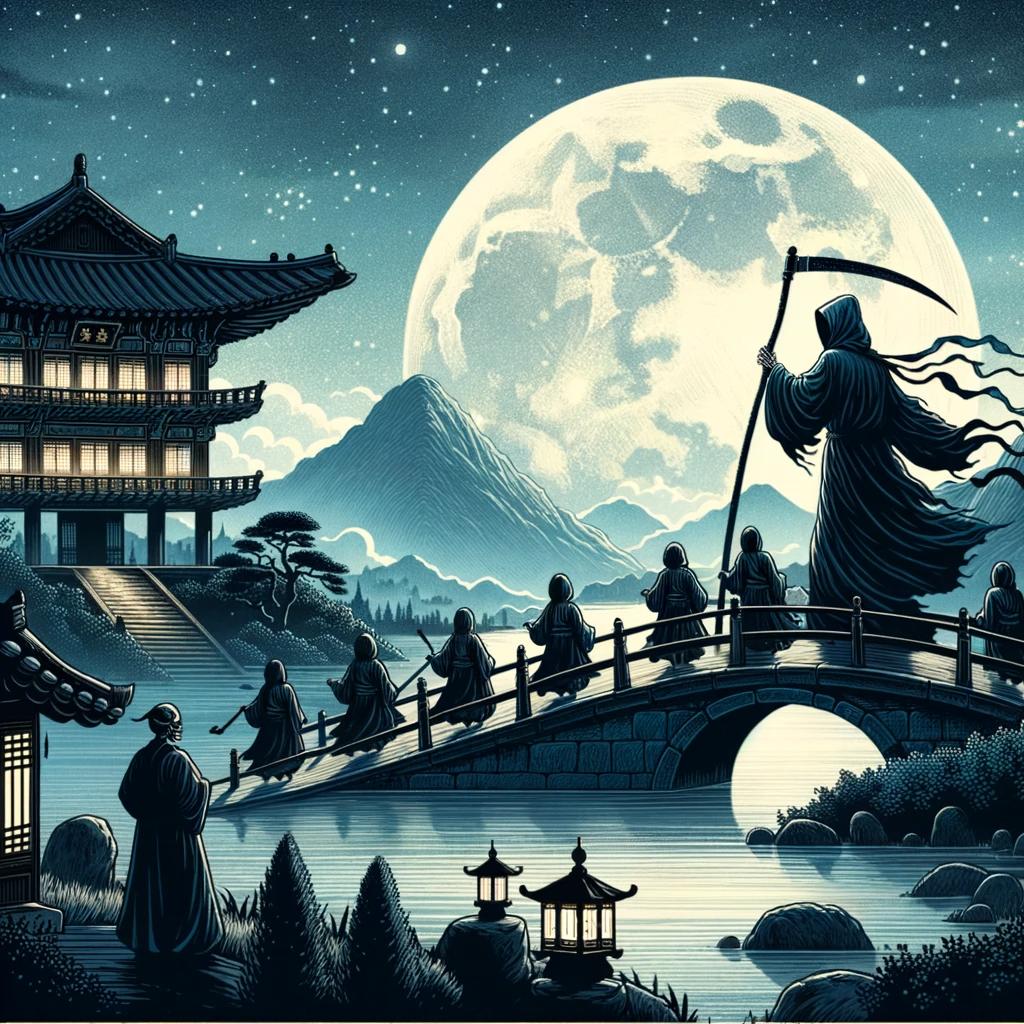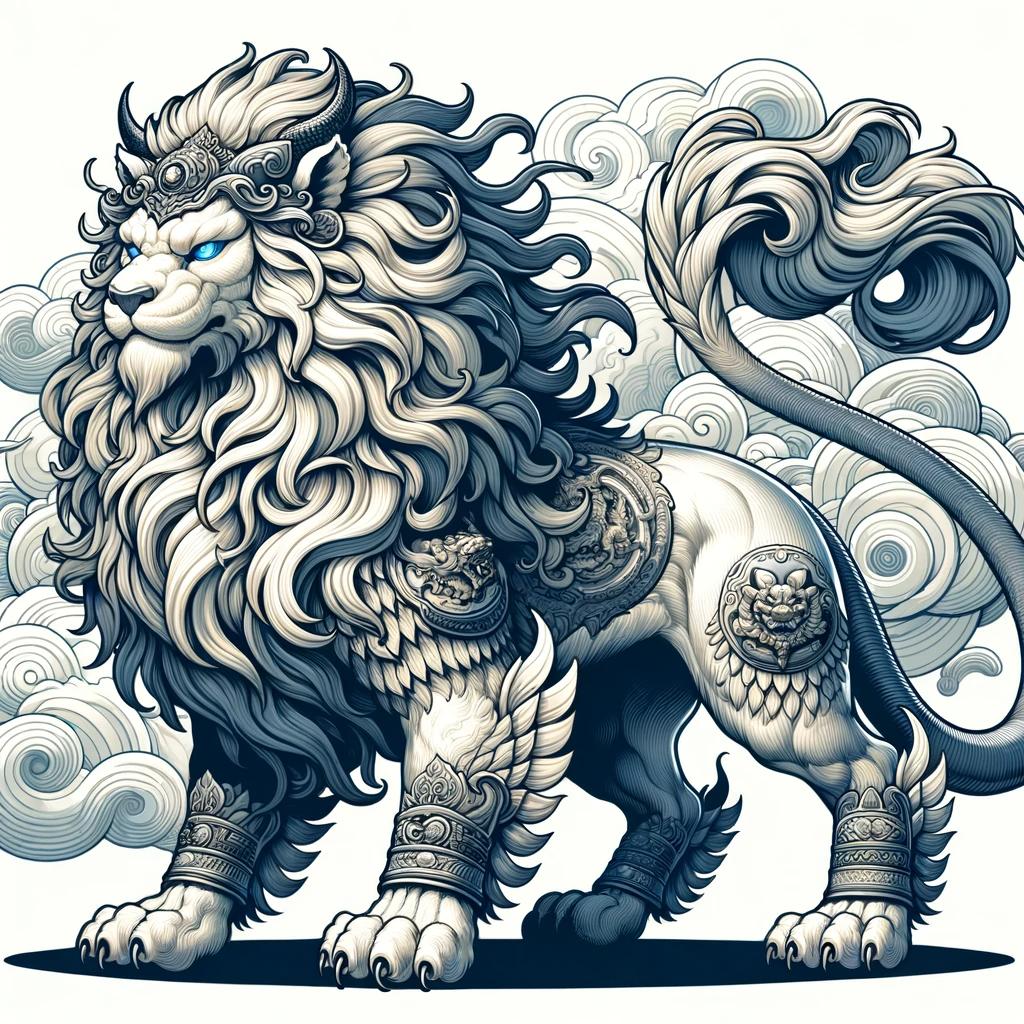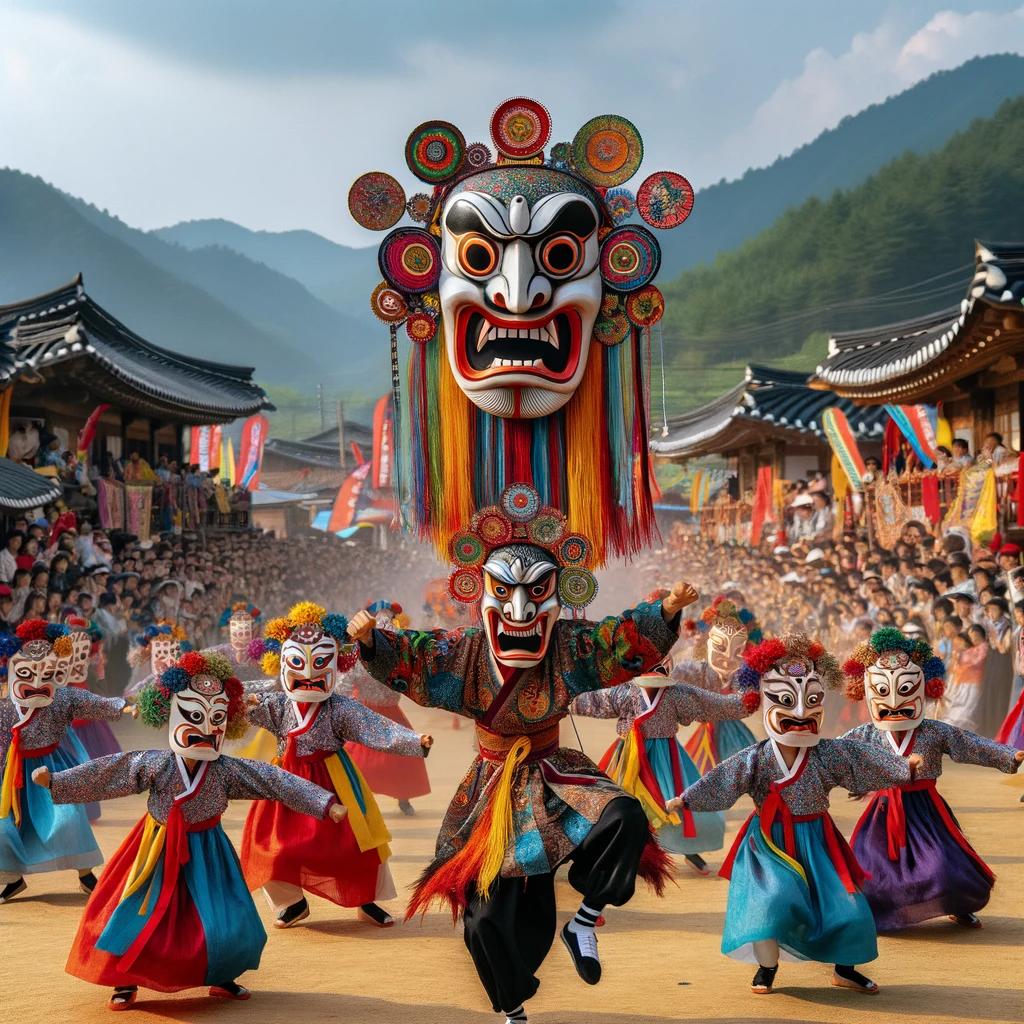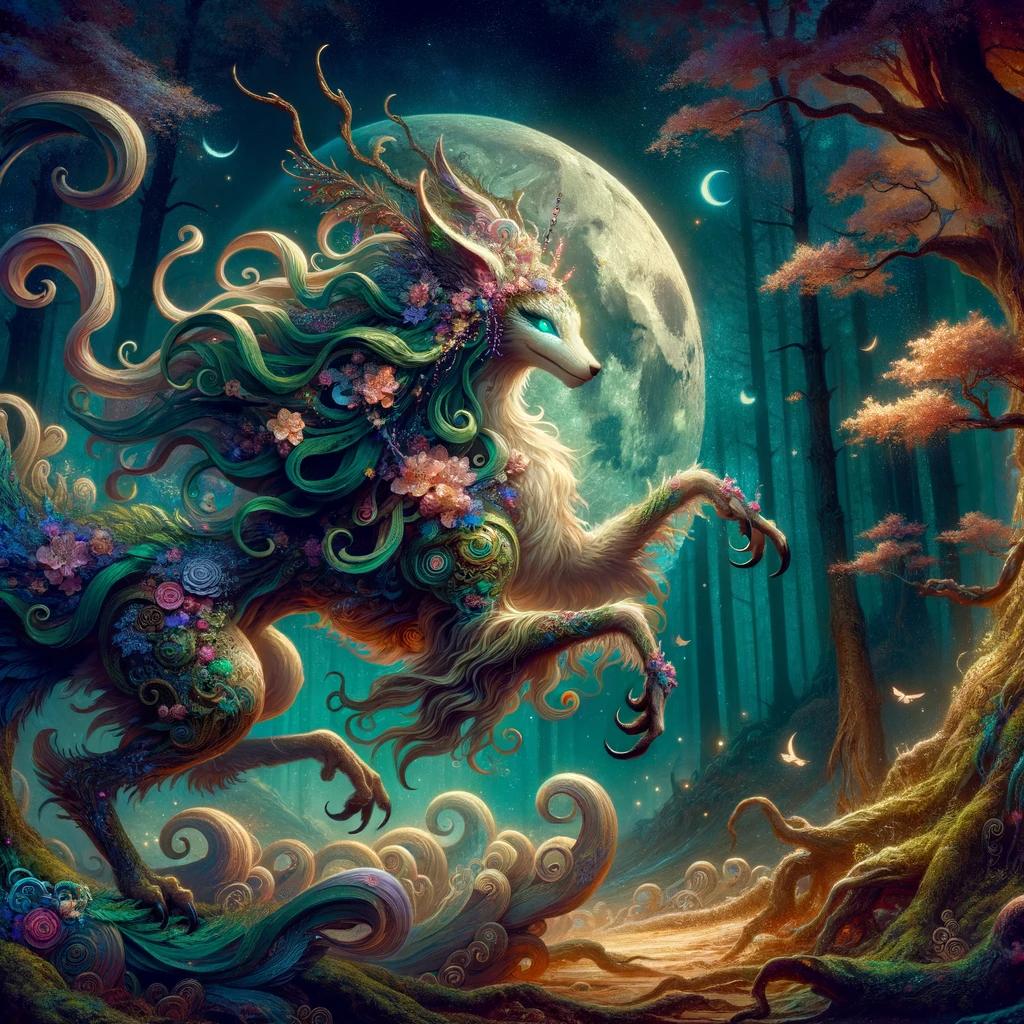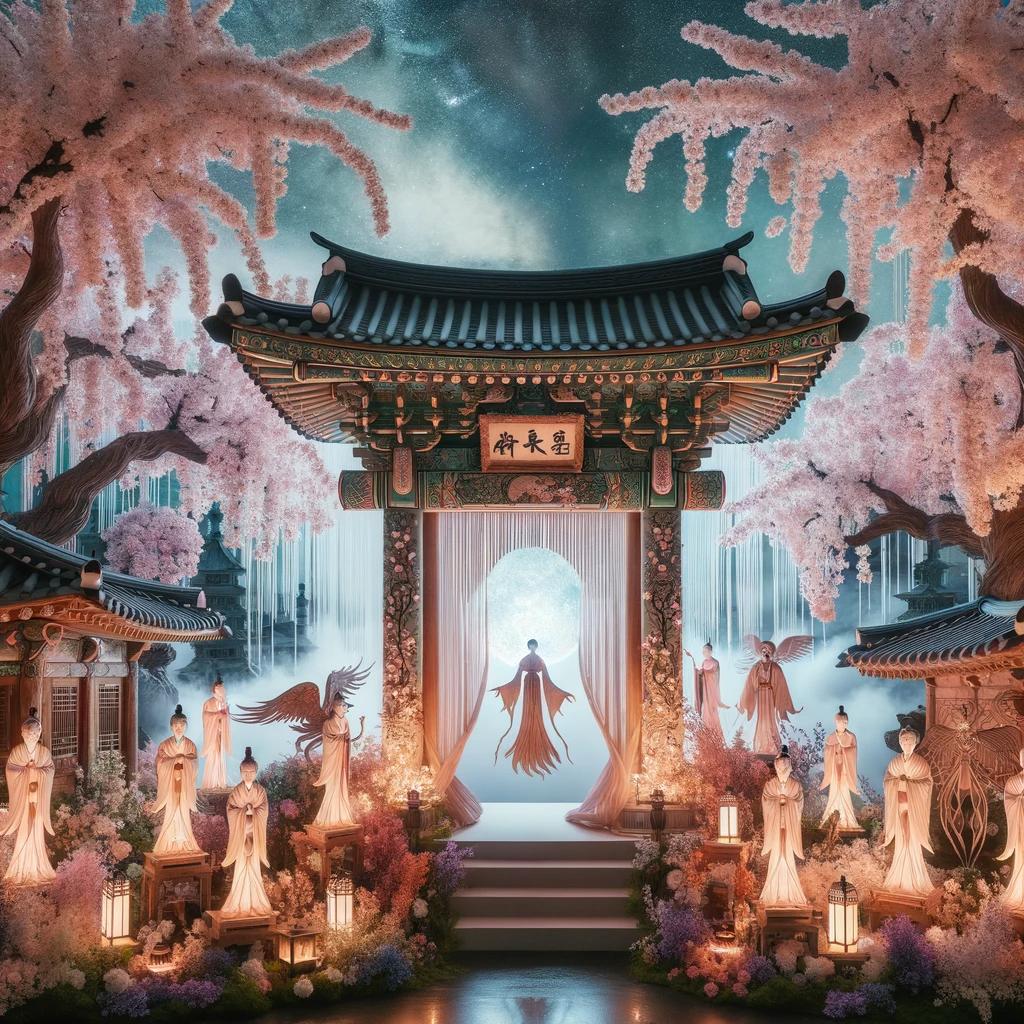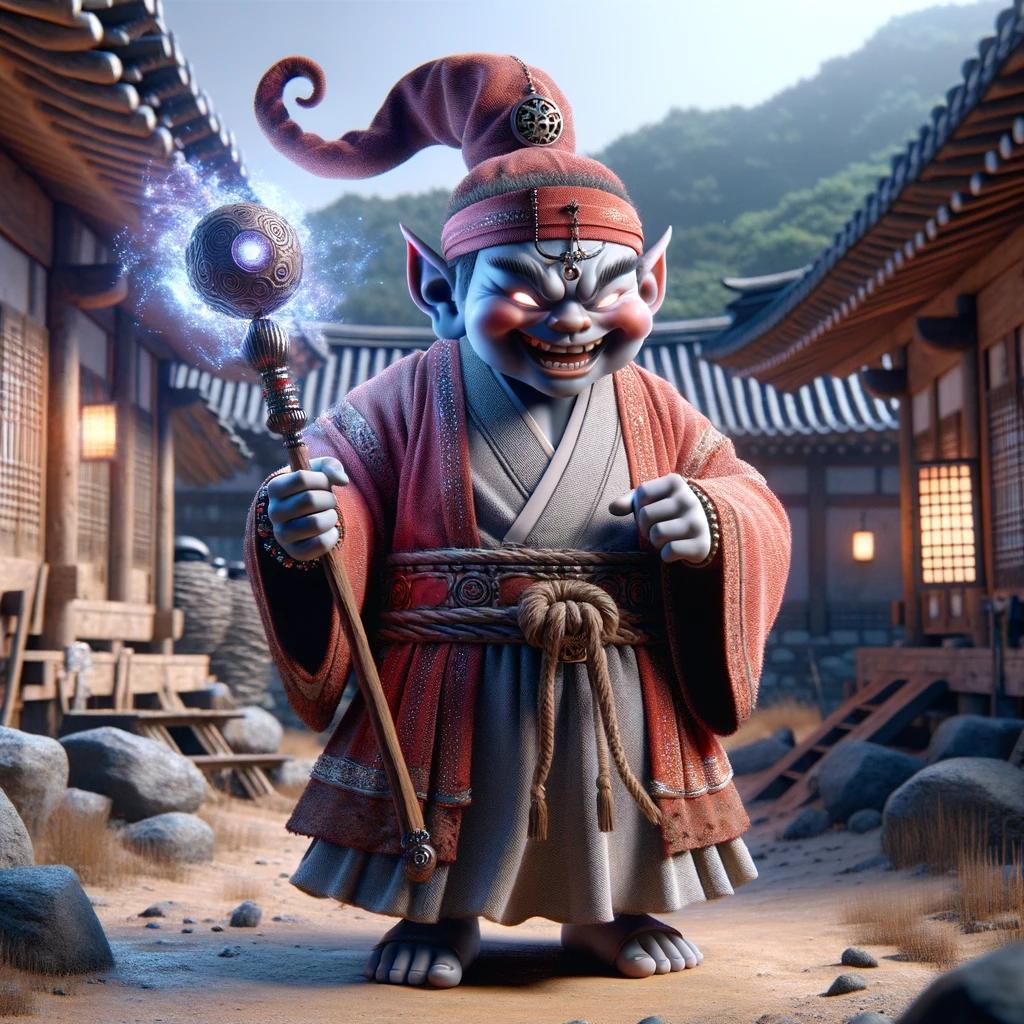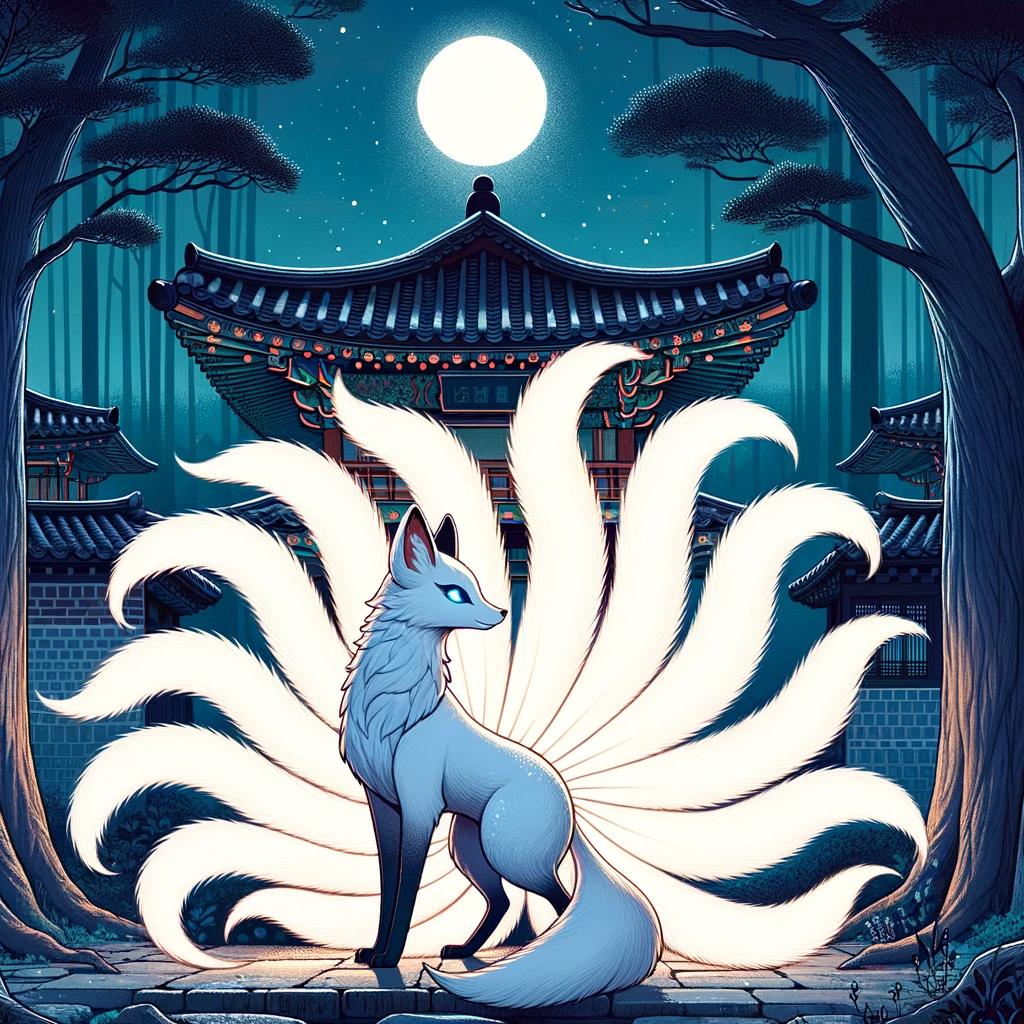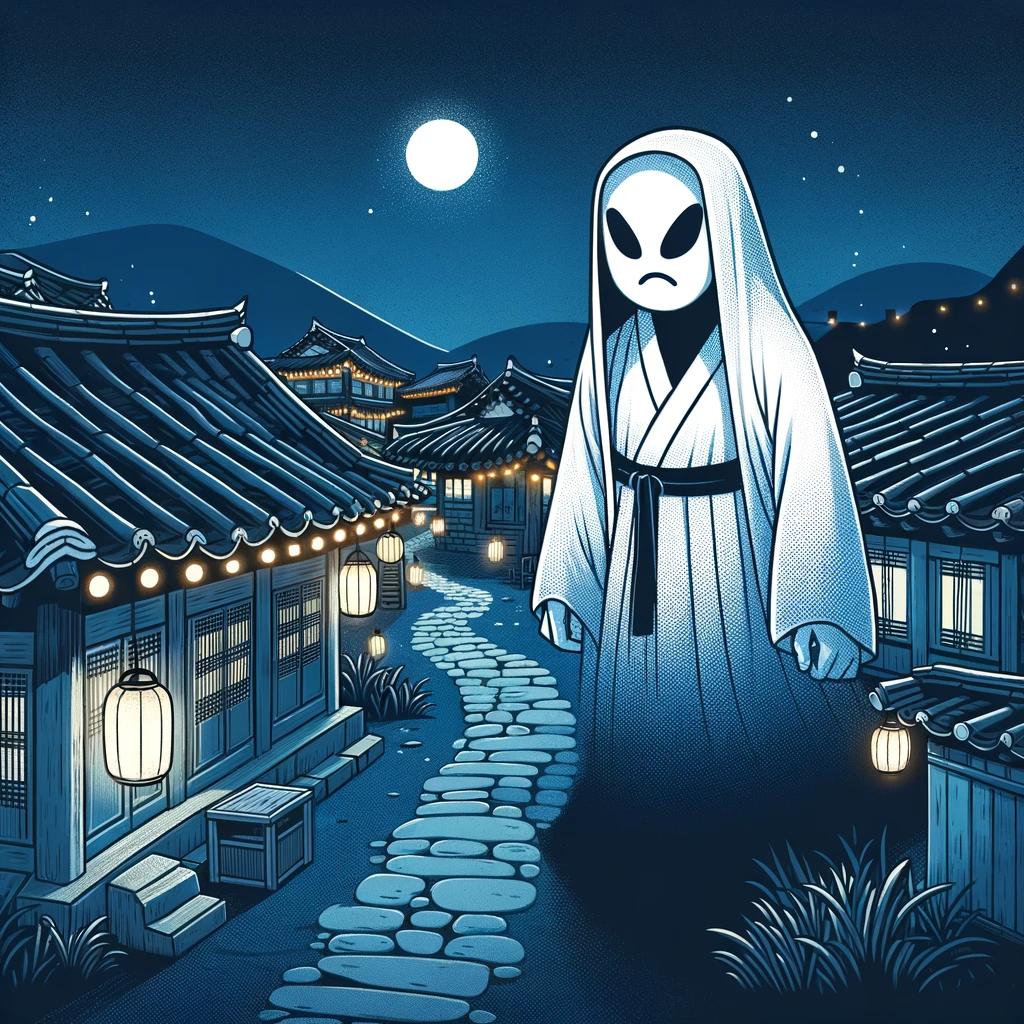Exploring the Fascinating Korean Jeoseung Saja Mythology
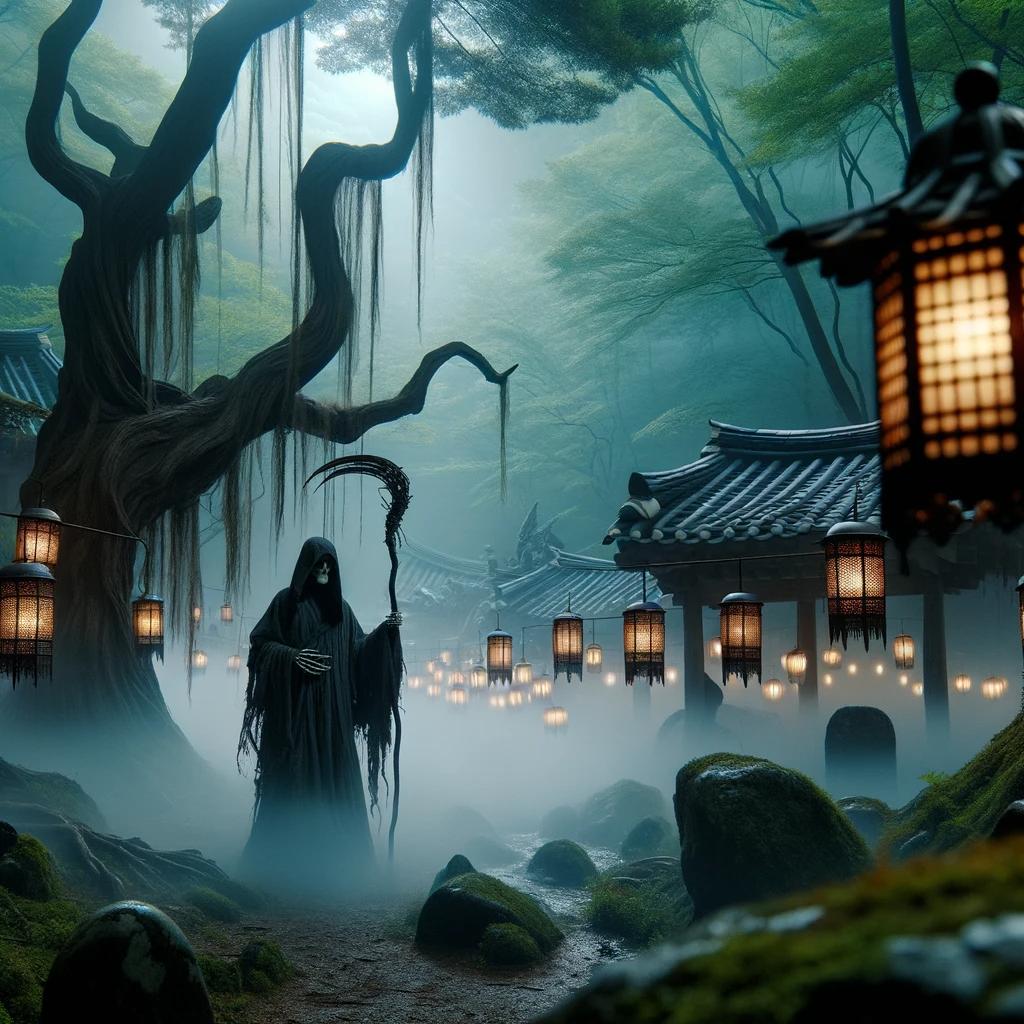
The Korean Jeoseung Saja myth is a captivating aspect of Korean folklore filled with supernatural beings and mystical tales. Jeoseung Saja, also known as the Korean Grim Reaper, holds a unique role as a psychopomp guiding souls to the afterlife.
This article delves into the origins, appearance, and significance of Jeoseung Saja, as well as explores other intriguing creatures in Korean mythology such as the Gumiho and Gwishin. Discover the cultural impact and continued fascination with Korean mythology in art, literature, and entertainment.
Understanding the Korean Jeoseung Saja Mythology
The Origins and History of Jeoseung Saja
Jeoseung Saja, also known as the Korean Grim Reaper, has a rich history rooted in Korean mythology. Its origins can be traced back to ancient beliefs surrounding death and the afterlife.
This section explores the historical development of Jeoseung Saja, shedding light on its cultural significance and the evolution of its portrayal over time.
The Role of Jeoseung Saja in Korean Folklore
In Korean folklore, Jeoseung Saja holds a unique and important role.
This section delves into the various functions and responsibilities attributed to Jeoseung Saja, such as guiding souls to the afterlife and ensuring their proper transition. The cultural beliefs and superstitions surrounding Jeoseung Saja’s presence in specific locations, such as hospitals, cemeteries, and accident sites, are also examined.
Exploring the Legends and Myths Surrounding Jeoseung Saja
Throughout Korean mythology, numerous legends and myths have emerged around Jeoseung Saja. This section explores some of the captivating stories that feature Jeoseung Saja as a central figure. These tales often serve as cautionary tales, reflecting cultural beliefs and conveying moral lessons about life, death, and the consequences of one’s actions.
Comparisons between Jeoseung Saja and Grim Reaper in Other Cultures
While Jeoseung Saja is often associated with the Grim Reaper, this section highlights the distinctions between the two figures in Korean mythology and other cultural contexts. By examining different perceptions and beliefs surrounding death across various cultures, we gain a deeper understanding of the unique characteristics and roles assigned to Jeoseung Saja in Korean folklore.
The Appearance and Characteristics of Jeoseung Saja
Jeoseung Saja, the Korean Grim Reaper, possesses distinct features and symbolism that contribute to its unique representation in Korean folklore and popular culture.
Descriptions of Jeoseung Saja in Traditional Korean Folklore
In traditional Korean folklore, Jeoseung Saja is often depicted as a male figure with pale skin and sunken eyes.
Their attire consists of a black hanbok, a traditional Korean garment, and a wide-brimmed black hat called a gat. These specific physical attributes emphasize their spectral and otherworldly nature.
Symbolism and Meaning behind Jeoseung Saja’s Attire and Accessories
The black hanbok worn by Jeoseung Saja serves as a representation of death and mourning in Korean culture.
The gat hat is believed to protect the reaper’s identity and provide a connection to the divine realm. The overall appearance of Jeoseung Saja symbolizes the transition from life to death and their role as guides to the afterlife.
Depictions of Jeoseung Saja in Korean Pop Culture and Media
Jeoseung Saja’s captivating imagery and role as a psychopomp have influenced various forms of Korean pop culture and media. They appear in movies, TV shows, and literature, often portrayed as enigmatic beings with a powerful aura.
These depictions further fuel the fascination and intrigue surrounding the Jeoseung Saja myth.
The Role of Jeoseung Saja in the Afterlife
Jeoseung Saja, as a significant figure in Korean mythology, plays a crucial role in the afterlife. This section explores Jeoseung Saja’s responsibilities as a psychopomp, their influence on death-related beliefs and superstitions, as well as their interactions with other supernatural beings in Korean folklore.
Guiding Souls to the Underworld: Jeoseung Saja as a Psychopomp
Jeoseung Saja’s primary duty is to guide souls to the underworld, serving as a spiritual escort for those who have recently passed away. Similar to other psychopomps in various mythologies, Jeoseung Saja ensures the safe journey of departed souls to the realm beyond.
Beliefs and Superstitions Related to Jeoseung Saja’s Influence on Death
Korean culture holds various beliefs and superstitions surrounding Jeoseung Saja’s role in death and the afterlife. It is believed that encounters with Jeoseung Saja are often seen as an omen of imminent death, signifying the impending transition of a loved one or oneself to the afterlife.
- Death Omens: Jeoseung Saja’s appearance to individuals shortly before their passing carries significant symbolism in Korean folklore. The sighting of Jeoseung Saja is often a foretelling of imminent death, leaving individuals and their loved ones in an eerie state of anticipation.
- Final Passage: Jeoseung Saja’s presence is commonly associated with places where numerous deaths occur, such as hospitals, cemeteries, or grave accident sites.
It is believed that they ensure the smooth transition of departed souls to the afterlife.
Jeoseung Saja’s Interactions with Other Supernatural Beings in Korean Mythology
Within Korean mythology, Jeoseung Saja is not an isolated figure but rather part of a complex supernatural network. They are known to have interactions with other mythical beings, further highlighting their importance and involvement in the spirit realm.
- Yunma, the King of Hell: Jeoseung Saja operates under the command of Yunma, the ruler of the underworld. Their collaboration ensures the proper execution of guiding souls to their final destination.
- Other Supernatural Beings: Jeoseung Saja’s presence in locations associated with death often brings them into contact with other supernatural entities like gwisin (vengeful spirits) and dokkaebi (playful creatures with supernatural abilities).
Exploring Other Fascinating Creatures in Korean Mythology
Within Korean mythology, there exist a myriad of captivating creatures that have intrigued people for generations.
These mythical beings are not only fascinating but also play significant roles in traditional folklore. Let’s delve into some of these extraordinary creatures:
Gumiho: The Nine-Tailed Fox in Korean Folklore
Gumiho, also known as the Nine-Tailed Fox, is a prominent figure in Korean mythology.
This mystical creature is believed to possess the ability to shape-shift into a beautiful woman and seduce unsuspecting men. However, Gumiho is often depicted as a dangerous entity that devours human flesh.
Legends surrounding Gumiho explore themes of love, betrayal, and the eternal struggle between humanity and the supernatural.
Gwishin: Vengeful Spirits and Ghosts in Korean Legends
Gwishin refers to vengeful spirits or ghosts that appear in Korean folklore. These restless souls are often driven by a desire for revenge or justice, haunting places connected to their past lives.
Gwishin are believed to hold unfinished business or unresolved emotions, leading them to wander the mortal realm. These ghostly figures play a significant role in Korean ghost stories, adding an element of fear and mystery to the tales.
Samjoko: The Three-Legged Crow and Its Divine Significance
Samjoko, a mythical creature in Korean folklore, is depicted as a crow with three legs. This divine bird is known as a messenger between heaven and earth, possessing great wisdom and insight.
Legend has it that Samjoko can communicate with deities and provide guidance to those seeking spiritual enlightenment. The significance of this unique creature showcases the intertwined relationship between the mortal realm and the celestial beings.
Other Noteworthy Mythical Beings in Korean Folklore
- Dokkaebi: Mischievous creatures with supernatural powers, known for playing pranks on humans.
- Dragon: A creature symbolizing power, luck, and protection in Korean mythology.
- Hong Gildong: A legendary hero known for his extraordinary abilities and quest for justice.
- Bulgasari: A monstrous creature born from iron and fire, famous for its insatiable appetite.
These are just a few examples of the diverse and captivating mythical creatures that exist within Korean folklore.
Each creature holds its own unique symbolism and cultural significance, offering a glimpse into the rich tapestry of Korean mythology.
5. Unveiling the Cultural Significance and Impact of Korean Mythology
Korean Mythology’s Influence on Korean Art, Literature, and Entertainment
Korean mythology has had a profound influence on various forms of artistic expression, including art, literature, and entertainment.
Artists and writers often draw inspiration from mythical figures and stories to create captivating paintings, sculptures, and written works. Additionally, Korean filmmakers have produced movies and television dramas that explore the rich tapestry of Korean mythology, captivating audiences both domestically and internationally.
The Role of Korean Mythology in Shaping Cultural Beliefs and Traditions
Korean mythology plays a significant role in shaping cultural beliefs, traditions, and customs in Korean society. These myths and legends provide moral and ethical guidance, teaching important lessons about virtues, values, and the consequences of one’s actions.
They have become deeply ingrained in the fabric of Korean culture, influencing rituals, festivals, and even everyday practices.
Preservation and Promotion of Korean Mythology in Modern Society
Efforts to preserve and promote Korean mythology in modern society have been instrumental in keeping these ancient traditions alive. Various organizations, museums, and educational institutions are dedicated to studying and sharing the rich heritage of Korean mythology.
Through exhibitions, workshops, and cultural events, they ensure that this intangible cultural heritage continues to be passed down to future generations.
Exploring the Continued Fascination with Korean Mythology Today
Even in the modern era, Korean mythology continues to captivate the imaginations of people around the world. Its timeless themes of love, sacrifice, and the human condition resonate with audiences of all ages.
The popularity of K-pop, K-dramas, and other aspects of Korean popular culture have only heightened the interest in Korean mythology, further solidifying its enduring fascination and relevance in today’s society.
.

